4 Steps to Install Magento 2 on XAMPP Windows
Vinh Jacker | 03-17-2025
If you’re looking for a complete, beginner-friendly guide to installing Magento 2 on Windows, you’re in the right place. In this article, we’ll walk you through installing Magento 2.3 (or the latest version) locally using XAMPP with Apache, MariaDB, and PHP 7.x+.
We’ll cover every step — from setting up XAMPP to running the Magento 2 Setup Wizard. Whether you’re downloading Magento from the official repo or GitHub, this guide will help you get your store up and running.
If you’re interested in other environments like Ubuntu or CentOS, you can also read our separate guides for those platforms.
Magento 2 Requirements
Before digging in, you should double check 8 main requirements for Magento 2 here.
How to Install Magento 2 on XAMPP Windows
Step 1: Install XAMPP
XAMPP is one of the most popular solutions for setting up a local web server on Windows. It includes Apache (or NginX), MariaDB (or MySQL), and PHP in one easy installation.
Step 1.1: Download latest version here
Step 1.2: Open and install XAMPP for your Windows
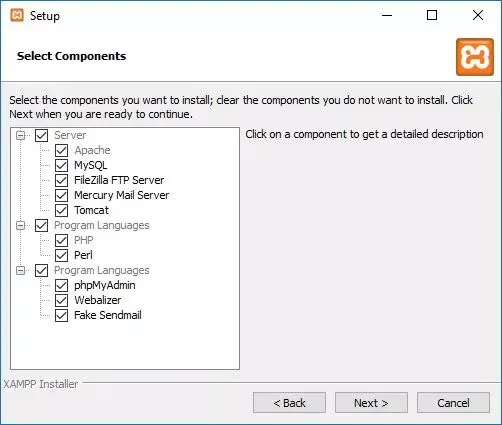
Install it in C drive. We suppose that the path is: c:\xampp\
Step 1.3: Open XAMPP Controller in XAMPP folder
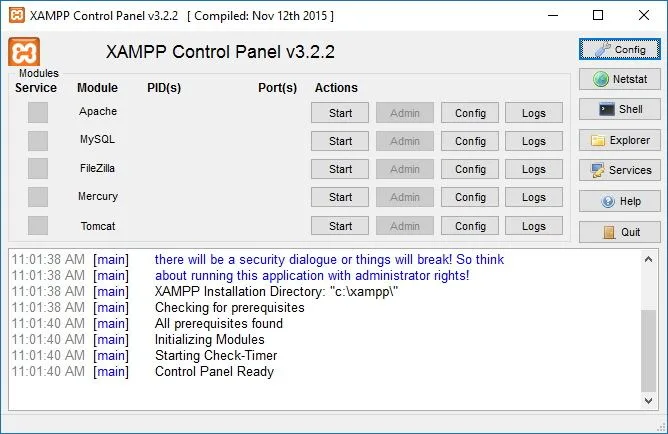
Now you have already set up XAMPP successfully on your Windows.
Step 2: Install Composer (optional)
Magento uses Composer to manage dependencies, so it’s a good idea to install it now.
- Download Composer and install for Windows
- Direct download composer: Composer stable version
- Or you can use command line to install Composer:
php -r "copy('https://getcomposer.org/installer', 'composer-setup.php');"
php composer-setup.php
php -r "unlink('composer-setup.php');"
Step 3: Download Magento 2 Pack
You can download from one of the following resources:
After downloading, you should extract the pack to c:\xampp\htdocs\magento2. E.g. you have a folder called: magento2 in c:\xampp\htdocs\
If you need a more detailed walkthrough on different Magento 2 installation methods, check out our guide on how to install Magento 2.
Step 4: Install Magento 2
When you get access to this address http://localhost/magento2, you will see the Magento Setup Wizard as the follows:
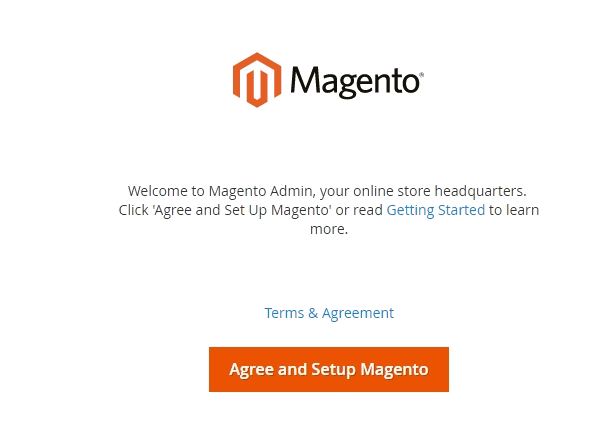
Step 4.1: Start Installing
- Click
Start Readiness Check. If any errors are displayed, you must resolve them before you continue. Click More detail if available to see more information about each check.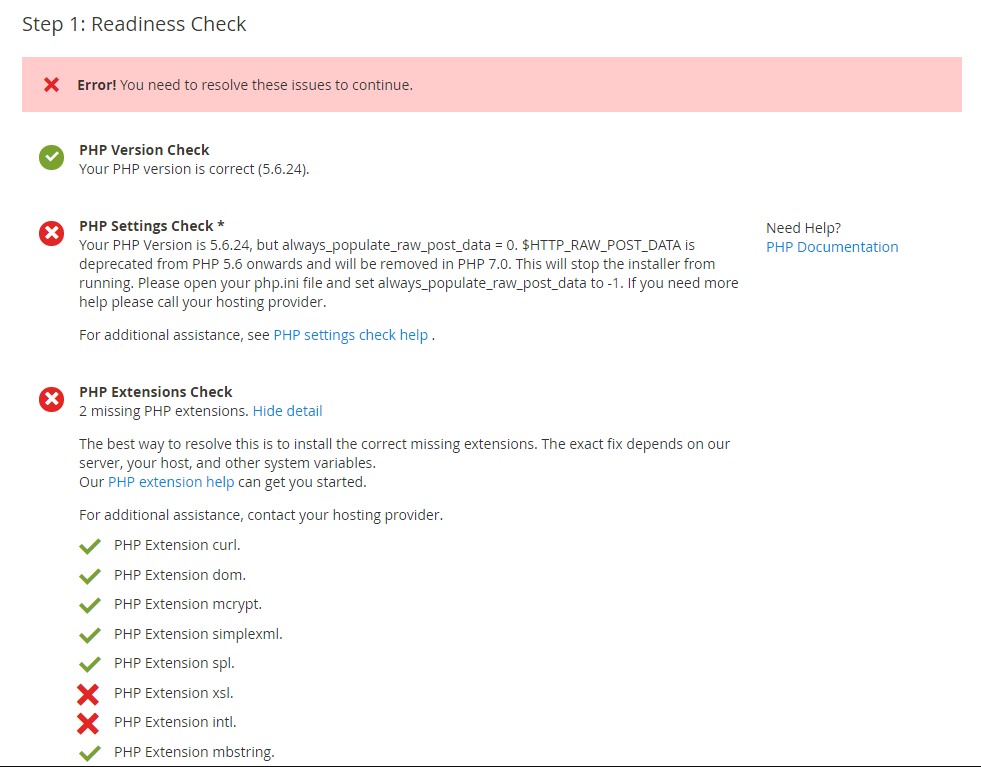
- Click
Next
Step 4.2: Add a Database
Fill database information then click Next
Step 4.3: Web Configuration
- Enter the following information:
- Your Store Address:
http://localhost - Magento Admin Address: Enter the relative URL by which to access the Magento Admin. e.g: secret, backend
- Your Store Address:
- Then click
Next
Step 4.4: Customize Your Store
- From the Store Default Time Zone list, select the name of your store’s time zone.
- From the Store Default Currency list, select the default currency to use in your store.
- From the Store Default Language list, select the default language to use in your store.
- Expand the Advanced Modules Configuration to optionally enable or disable modules before you install the Magento software.
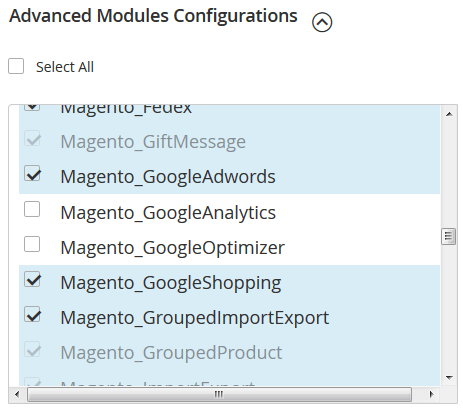
You can choose to install Sample Data or not in this step.
- Click
Next
Important Notice: Use Skip dependency check for individual modules with caution. We recommend against it because a typical reason for this error is you manually edited the deployment configuration. Editing the deployment configuration is not recommended because future Magento software updates can undo your changes.
Step 4.5: Create Admin Account
Now enter admin information such as
- New Username
- New Email
- New Password
- Confirm Password
- Then click Next
Step 4.6: Install
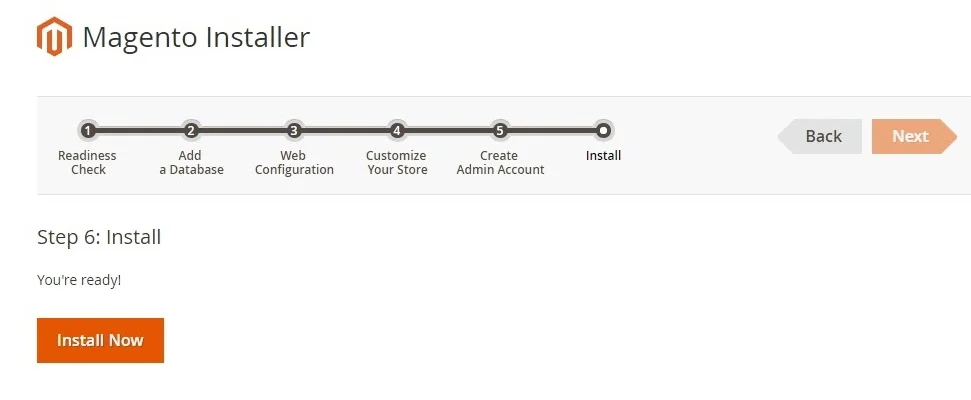
After completing all previous steps in the Setup Wizard, click Install Now.
Installation Success The message Success will be displayed to indicate a successful installation.
Step 4.7: Check the result
Now go to the frontend and backend to see the result
Frontend

Backend
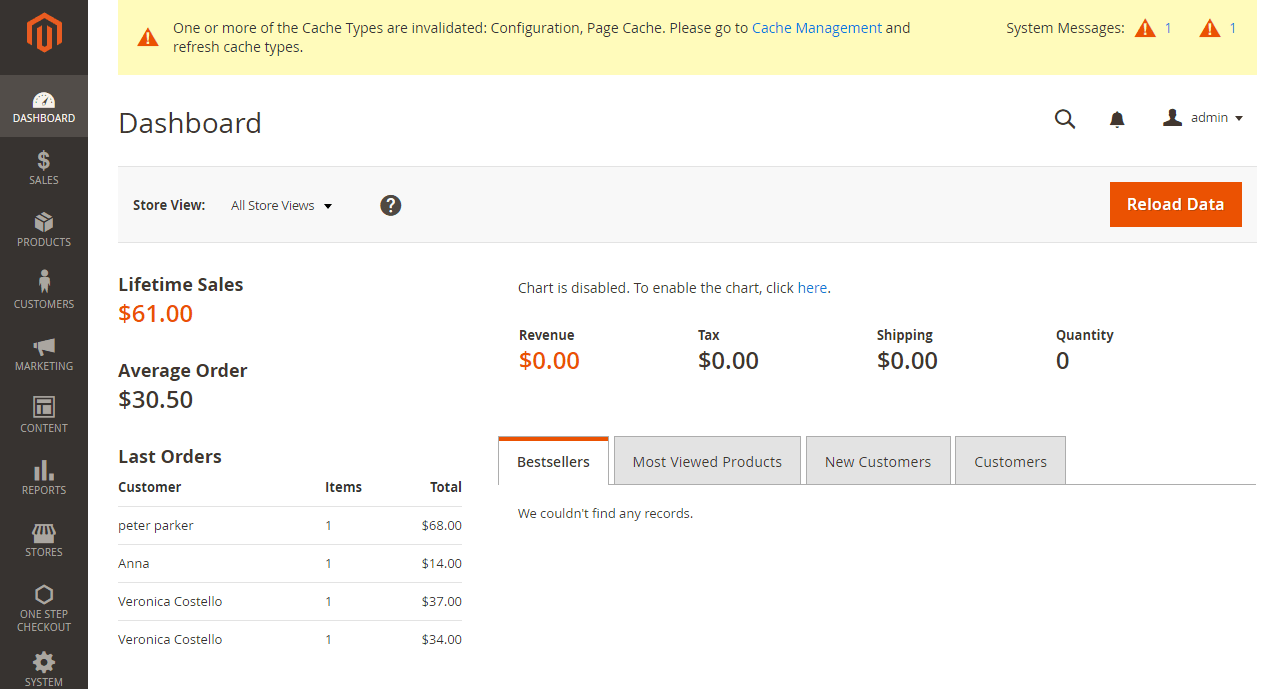
That’s all for today. We hope you have gained more insight into how to install Magento 2 on XAMPP Windows. Feel free to leave comments below or contact us if you have any questions or sharing. And stay tuned for next guidance from us!
Conclusion
Installing Magento 2 on Windows using XAMPP is a straightforward process when broken down step-by-step. With a working local environment, you can start developing your store, testing extensions, and experimenting without affecting a live site.
If you’re planning to launch a production site later, be sure to revisit best practices for server configuration and Magento security.
Stay tuned for more Magento 2 tutorials — and feel free to leave a comment or reach out if you have any questions along the way!
Related Topics






![Top 20+ Must-have Shopify Apps for 2025 [Free & Paid] - Mageplaza](https://cdn2.mageplaza.com/media/blog/must-have-shopify-apps/top-must-have-shopify-apps.png)
![[2025 Updates] Top 10+ Upsell Apps for Shopify - Mageplaza](https://cdn2.mageplaza.com/media/blog/best-upsell-shopify-app/cover.png)